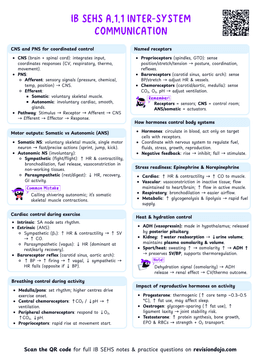Relaxation Techniques in Sports Psychology
Understanding Relaxation in Sports
Relaxation techniques are essential tools that athletes use to manage stress, anxiety, and tension before, during, and after competition. These methods help athletes achieve an optimal state of arousal and maintain peak performance.
Relaxation techniques should be practiced regularly during training to be effective during competition.
Key Relaxation Techniques
1. Progressive Muscle Relaxation (PMR)
PMR involves systematically tensing and relaxing different muscle groups:
- Start from the feet and work up to the face
- Tense each muscle group for 5-7 seconds
- Release and feel the relaxation for 20-30 seconds
- Move to the next muscle group
An athlete might:
- Curl their toes tightly
- Hold for 5 seconds
- Release and notice the difference
- Move up to calf muscles
2. Deep Breathing Techniques
- Diaphragmatic breathing (belly breathing)
- Box breathing (4-4-4-4 pattern)
- Counted breathing
Deep breathing helps reduce heart rate and blood pressure, creating a calming effect on both mind and body.
3. Visualization/Imagery
This technique involves:
- Creating detailed mental images
- Incorporating all senses
- Imagining successful performance
- Using positive scenarios
A gymnast might visualize:
- The feel of the mat under their feet
- The smell of the gymnasium
- The sound of the crowd
- A perfect routine execution


